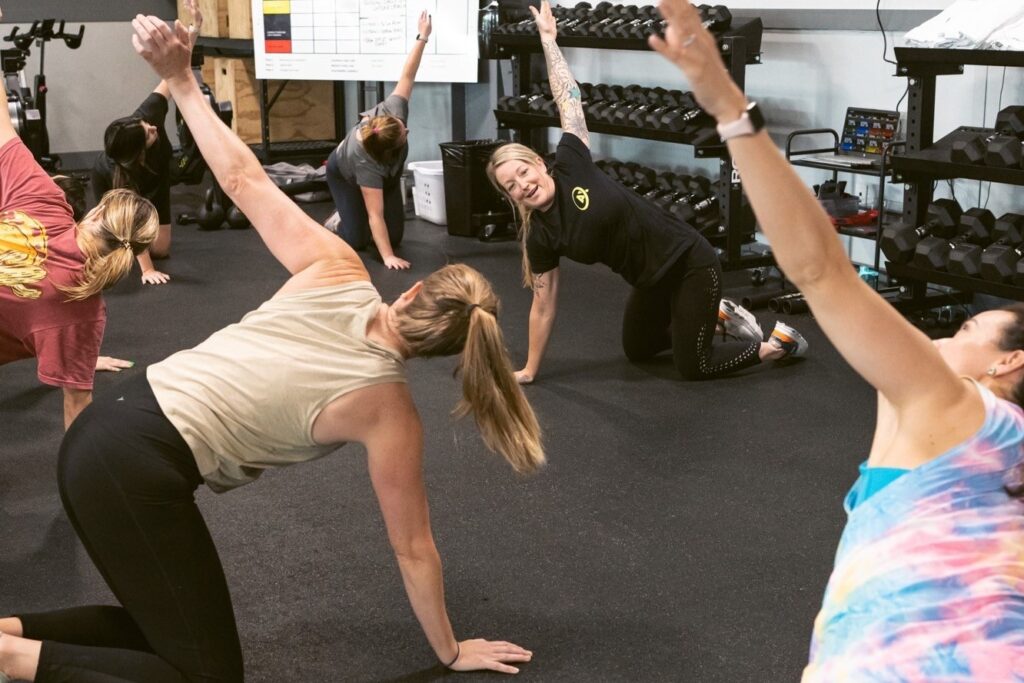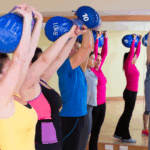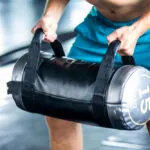The duration of a yoga class can vary widely depending on the style of yoga, the instructor’s approach, and the setting in which the class is taught. Understanding the typical lengths of various yoga classes can help you choose a session that best fits your schedule and meets your fitness needs. Here’s a breakdown of common class durations and what to expect from each.
Typical durations of yoga classes
30-minute classes
- Purpose: These are often designed for those who want a quick, focused session, perhaps during a lunch break or a specific workout targeted at relaxation or stretching.
- Common formats: Gentle yoga, lunchtime quick sessions, or specific pose-focused classes (like hip openers or core strength).
60-minute classes
- Purpose: The most common class length, offering a balanced practice that allows enough time for a warm-up, a coherent sequence of poses, and a cool-down period.
- Common formats: Most Vinyasa, Hatha, and Ashtanga classes are 60 minutes long, providing a full session that balances breathing, a variety of poses, and final relaxation.
75-minute classes
- Purpose: These classes offer a little more time to delve deeper into each aspect of the practice, which can be especially beneficial for intermediate to advanced students.
- Common formats: Extended Vinyasa flow classes, deeper stretching in Yin yoga, or comprehensive classes that include meditation or pranayama (breathing exercises).
90-minute classes
- Purpose: Ideal for an intensive practice, these classes allow for a thorough exploration of all yoga elements, including more time for meditation and pranayama.
- Common formats: Traditional Bikram classes, advanced yoga sessions, and workshops often run for 90 minutes, providing a comprehensive yoga experience.
Gradually advancing through these classes is just one of ways of improving. Here’s a more in-depth look on how to get better at yoga.
Factors influencing class length
- Style of yoga: Some yoga styles like Yin or Restorative yoga often have longer durations to allow deep relaxation and effectiveness of poses, while dynamic styles like Vinyasa or Ashtanga might opt for shorter, more intense sessions.
- Instructor’s approach: Individual instructors may prefer longer or shorter class lengths based on their teaching style and the goals they aim to achieve in each session.
- Type of class: Introductory classes might be shorter to keep them accessible to beginners, whereas classes aimed at more experienced practitioners or those focusing on specific techniques might be longer.
If you want to get into the world of this ancient practice, get 3-free yoga classes in Irmo by visiting HiTone Fitness.
Final thoughts
The duration of a yoga class can significantly impact your overall experience and the benefits you derive from the practice. Whether you choose a short 30-minute session or a comprehensive 90-minute class, ensure it aligns with your personal goals, fitness level, and daily schedule. Each class length offers unique benefits, and varying your practice can provide a well-rounded approach to your yoga journey.





